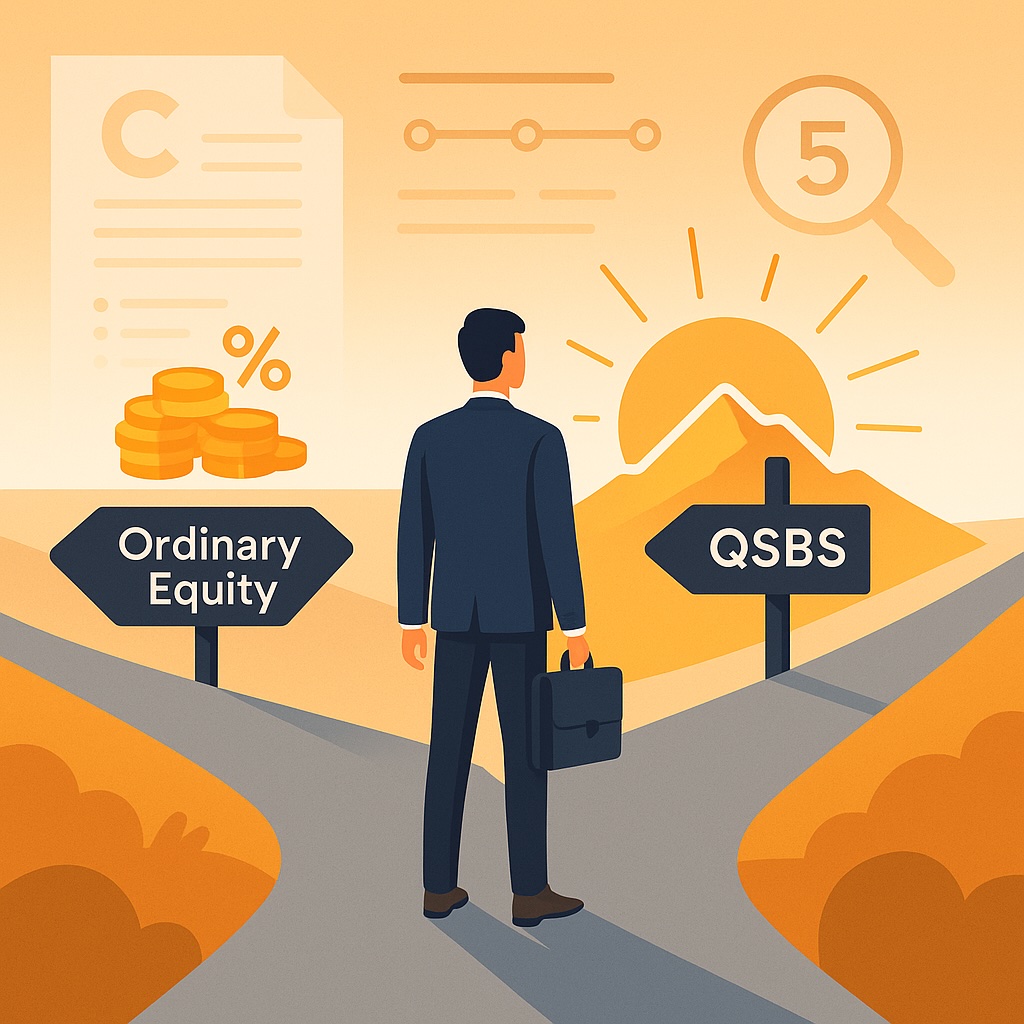Short Answer:
Music copyright law protects original musical creations the moment they are set in a tangible medium, granting exclusive rights to make and sell copies, distribute, create derivatives, and publicly perform or display. It covers both musical compositions and sound recordings, offering dual protection and enabling monetization through royalties and licensing.
Introduction & Background
Navigating the intricate landscape of music copyright law is both a passion and a professional calling for me, John Montague. With a background rooted in legal expertise, particularly within the realms of digital assets, cryptocurrency, and intellectual property, my journey from serving as General Counsel for Grooveshark—a pioneer in music streaming—to advising high-growth technology companies and major DEX protocols has afforded me a unique vantage point on the evolution of music rights in the digital age. My role in these capacities has not only involved the defense and negotiation of rights in multimillion-dollar litigations but also extended to the delicate balance of fostering innovation while ensuring the protection and monetization of creative works.
This comprehensive article underlines the essence and complexities of music copyright protection—a field where my decade of experience as an attorney specializing in venture capital, mergers & acquisitions, and private equity, coupled with a focused expertise in securities law and digital asset regulation, becomes invaluable. The principles outlined here resonate deeply with my professional experiences, emphasizing the significance of securing copyrights, navigating licensing agreements, and understanding the digital transformation of music distribution. These areas are where my professional journey and expertise provide a rich context for understanding and engaging with the dynamic field of music copyright law.
Key Takeaways
-
Music copyright law automatically protects an original musical work and sound recording when fixed in a tangible medium, providing composers, musicians, and producers with exclusive rights to make and sell copies, distribute, create derivatives, and publicly perform or display the work.
-
Registration of copyright is not mandatory for protection, but offers significant legal benefits such as eligibility to claim statutory damages and attorney’s fees if registered promptly, making it a critical step for enforcing rights.
-
Using copyrighted music legally requires obtaining appropriate permissions or licenses, such as synchronization or mechanical licenses, and unauthorized use can result in legal disputes and damage to professional relationships.
Understanding Music Copyright Law Basics
In the realm of music, copyright law is your best ally. It not only safeguards your original creations but also opens avenues for monetization. The moment an original musical work is set down in a tangible medium, be it an audio file or sheet music, it automatically enjoys copyright protection. This means that the creator or the copyright holder, which could be the musician, composer, or even the record label, is endowed with certain exclusive rights under the music copyright law. These rights include the ability to:
- make and sell copies of the work
- distribute them
- create derivative works
- publicly perform or display the work
Yet, the concept of music copyright isn’t as straightforward as it seems. In the music world, copyright protection extends to two distinct types of works: the musical composition (or the ‘musical work’), which includes the melody, lyrics, and the arrangement, and the ‘sound recording’, which is the audio recording of a performance of the song. When a song is recorded, these typically result in separate copyright-protected works. Thus, musicians, composers, and producers can navigate the often complicated music copyright landscape more effectively by understanding this distinction.
The Scope of Copyright Protection
Delving deeper into the scope of copyright protection, it is crucial to understand that every song enjoys dual protection. The copyright law protects a musical work, which consists of the composition and any accompanying lyrics, and a sound recording, which includes the series of sounds fixed in a recording medium. This means that a single song can generate two distinct streams of royalties, one for the musical composition and another for the sound recording.
This dual protection system provides an added layer of security to artists and producers. For instance, if you are a songwriter who also performs your songs, you hold the copyrights for both the musical work you write and the sound recording. This dual coverage allows you to control how your song is used and ensures that you are compensated for both the composition and the recording.
Exclusive Rights of Copyright Holders
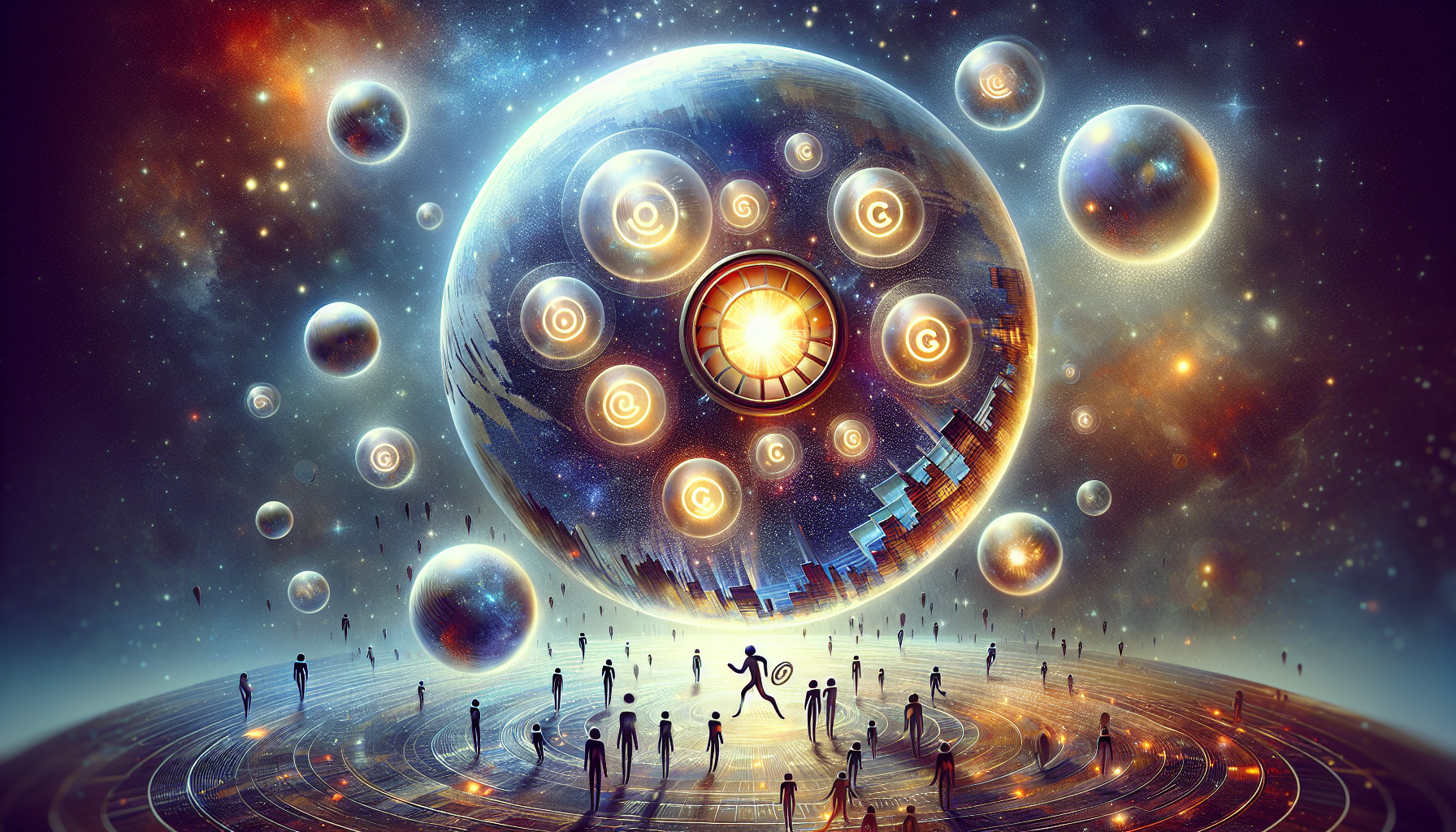
As a copyright holder, be it a songwriter, musician, or a record label, music copyright law affords you certain exclusive rights. These include:
- Making and selling copies of your work
- Distributing copies
- Creating new works based on the original work
- Publicly performing or putting the work on public display
These rights offer you control over your music and allow you to determine how, where, and when your music is used.
However, keep in mind that these rights are not absolute. They are subject to certain limitations. For instance, you have the exclusive right to create derivative works based on your original music. But this right is subject to certain limitations, including fair use provisions that allow others to use your copyrighted work under specific conditions without requiring your permission. As a copyright holder, understanding these exclusive rights and their limitations is essential to protect your interests and avoid potential legal disputes.
How to Secure Copyright for Your Music
Having got a basic understanding of what copyright protection entails, it’s time to examine how to secure it for your music. As mentioned earlier, copyright protection kicks in automatically once an original work is fixed in a tangible medium. However, registering your music with the Copyright Office offers additional legal benefits, including access to federal courts in case of copyright infringement and a public record of ownership.
The significance of registration becomes evident in infringement cases. Artists who register their music can recover attorney’s fees and statutory damages if the registration is made within three months of publication or prior to the infringement. However, if the registration occurs after an infringement, for example, only actual damages may be recovered, emphasizing the importance of timely registration. So, while registration is not a prerequisite for copyright protection, it certainly fortifies it.
Registration Process Simplified
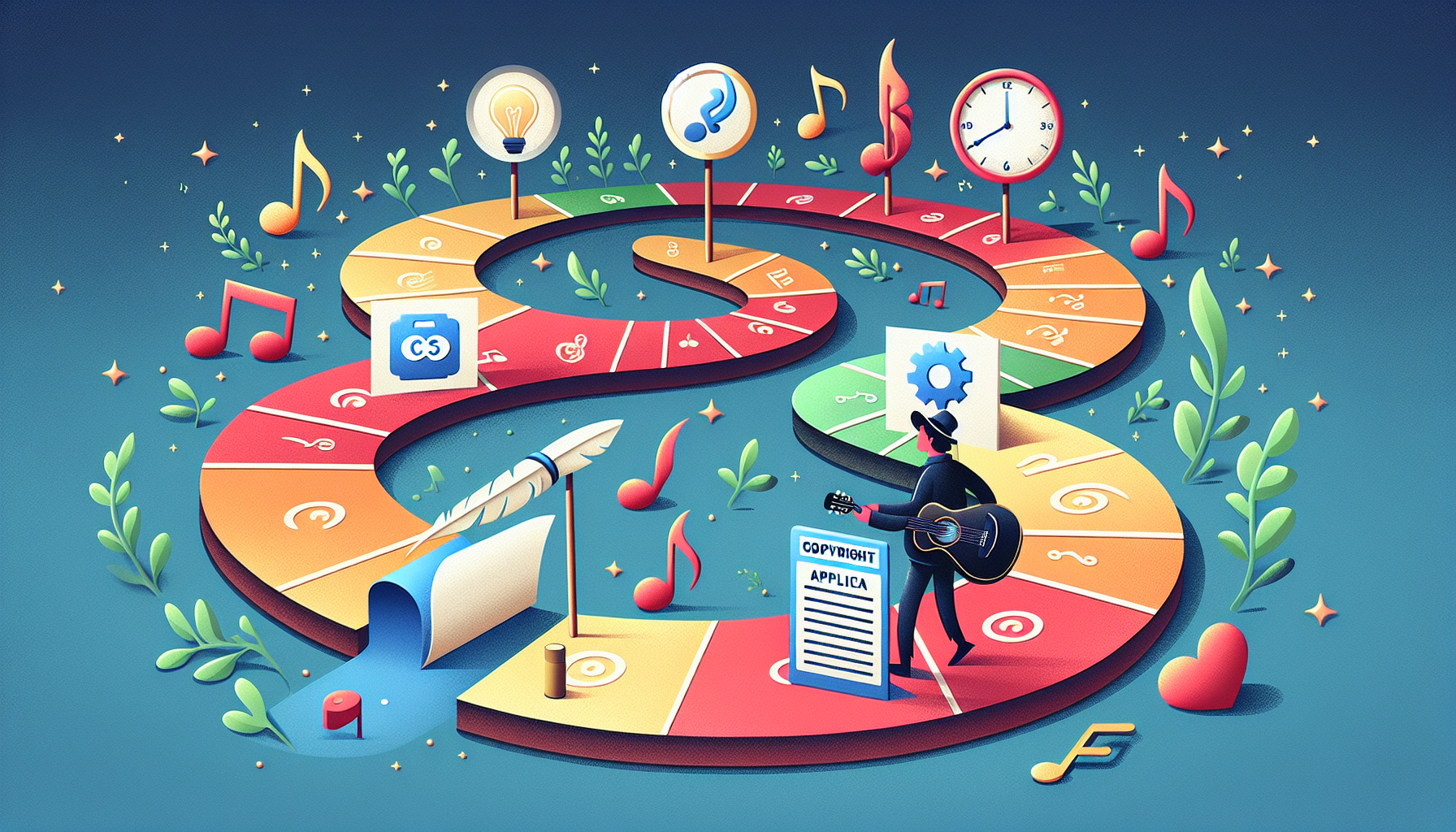
At first glance, the registration process may seem intimidating, but it’s actually pretty straightforward. To register music copyrights, you need to complete an online application. Here are the steps:
-
Fill out the online application form.
-
If needed, complete individual registrations for each song.
-
Pay the $35 fee for the online application. If you prefer a paper application, it costs $85.
The fixation of a song in an audio file or notation in sheet music is essential for copyright protection and must be submitted as part of the registration process. The U.S. Copyright Office’s registration system allows for up to 20 songs to be registered at once if the applicant owns both the composition and recording. Processing time for a song copyright can exceed six months. Once the U.S. Copyright Office receives all required application materials, the effective date of registration is set.
Why Registering is Beneficial
What, then, are the reasons to consider registering your music? For starters, registering with the U.S. Copyright Office provides eligibility for federal court in case of an infringement claim. It serves as a powerful legal tool to protect and enforce rights against unauthorized use of the copyrighted work.
Moreover, registration establishes a public record of copyright, ensuring owners that there is clear evidence of ownership and the creation date. This can be particularly beneficial in the event of legal disputes, where having a registered copyright can tilt the balance in your favor. Therefore, while not mandatory, registration is a wise step for any artist or producer looking to safeguard their music.
The Legalities of Using Music: Permissions and Licensing
Creating and protecting your music represents only one facet of the issue, while using someone else’s music is another matter entirely. Music copyright law requires that anyone seeking to use music that they did not create obtain permission from the owner of the music. The type of license required to use music legally hinges on the intended use. For instance, a synchronization license is needed to add music to video, while a mechanical license is necessary to distribute music as part of an audio recording.
For cover songs, a special scenario arises. If you’re a musician looking to reproduce and distribute a cover of a song, you need to obtain a mechanical license. However, this does not permit the use of the original audio recording. Navigating these legalities can be complex, but understanding the basics about permissions and licensing is the first step towards using music legally.
Getting Permission to Use Copyrighted Music
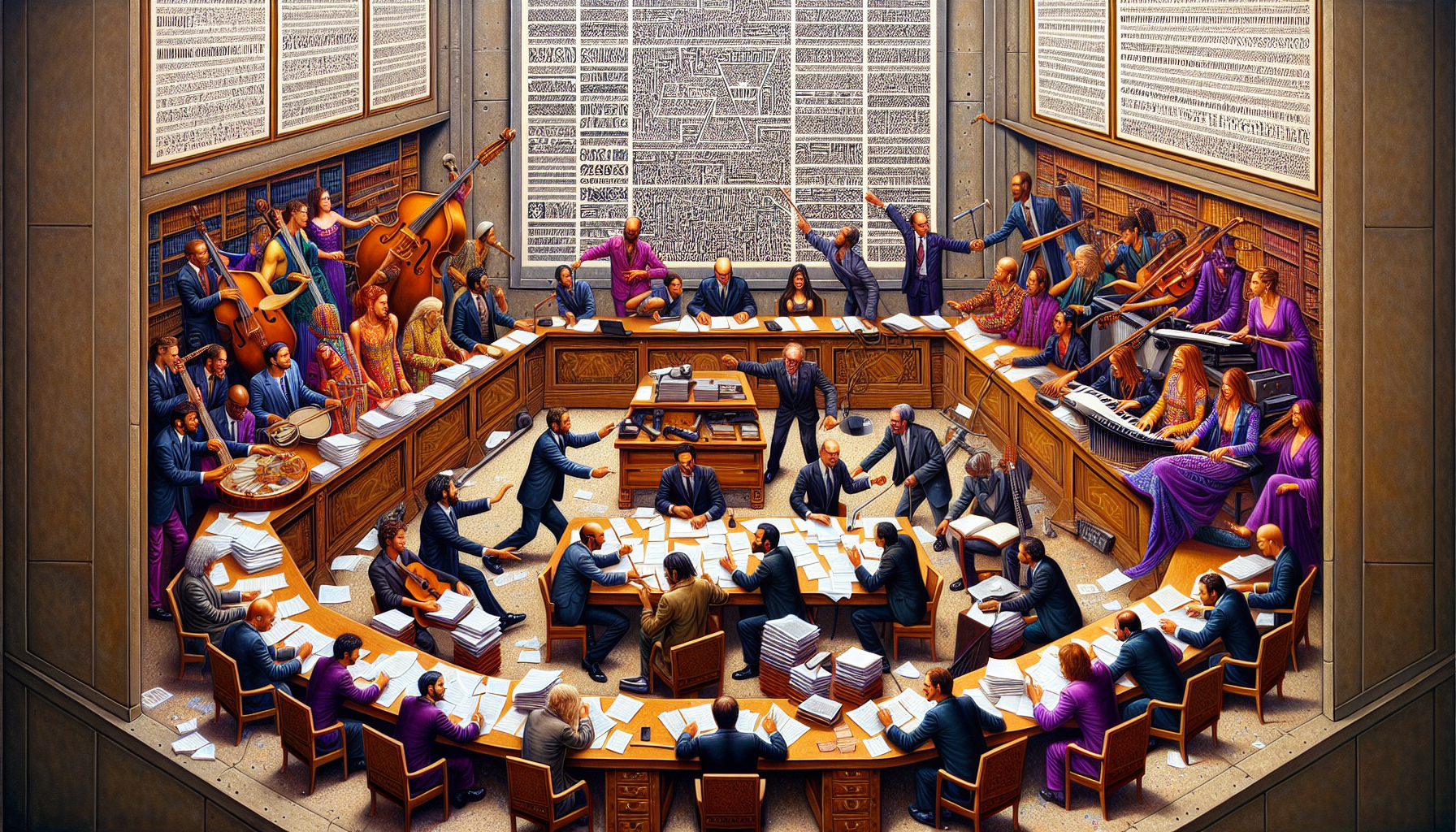
There are several steps involved in legally using copyrighted music. Here is a step-by-step guide:
-
Determine whether permission is necessary.
-
Identify the rights required.
-
Obtain the agreement in writing.
-
Identify the copyright owner. This could involve a publisher, a record company, or the artist’s estate, and you may need permission from both the composer and the recording label.
Negotiating the required rights involves discussions on:
- Exclusivity
- The term of use
- The allowed geographic territory
- The variable licensing fees dependent on usage, duration, and distribution scope of the music
For instance, synchronization royalties, which arise from licensing music for use with visual media, involve a one-time payment for the music’s use in media like TV shows, movies, and commercials.
Given that securing permissions can take one to three months, it’s recommended to initiate the process well before the completion of the project.
Consequences of Unauthorized Use
Using copyrighted lyrics or music without permission can lead to serious consequences. It can lead to disputes and the potential for legal action against the infringing party. Legal liabilities for unauthorized use of copyrighted music include the issuance of cease-and-desist letters and the possibility of facing lawsuits.
Moreover, unauthorized use of copyrighted music can damage future professional relationships with music publishers and record labels. This underscores the importance of understanding and respecting music copyright law, not only to protect your legal rights but also to maintain your professional reputation in the industry.
Monetizing Your Music: Understanding Royalties and Licensing Agreements
While creating music is an art, turning it into profit is a business. As an artist or a producer, you can earn money from your copyrighted works through different types of royalties such as:
- Mechanical royalties
- Public performance royalties
- Print music royalties
- Sync royalties
These royalties, a primary form of payment for musicians, are generated through the licensing of copyrighted songs and recordings.
But, comprehending the various types of royalties and their generation methods can be a daunting task. To help you navigate this complex landscape, let’s break down the different types of royalties and explore how licensing agreements can help you monetize your music.
Royalty Streams Explained
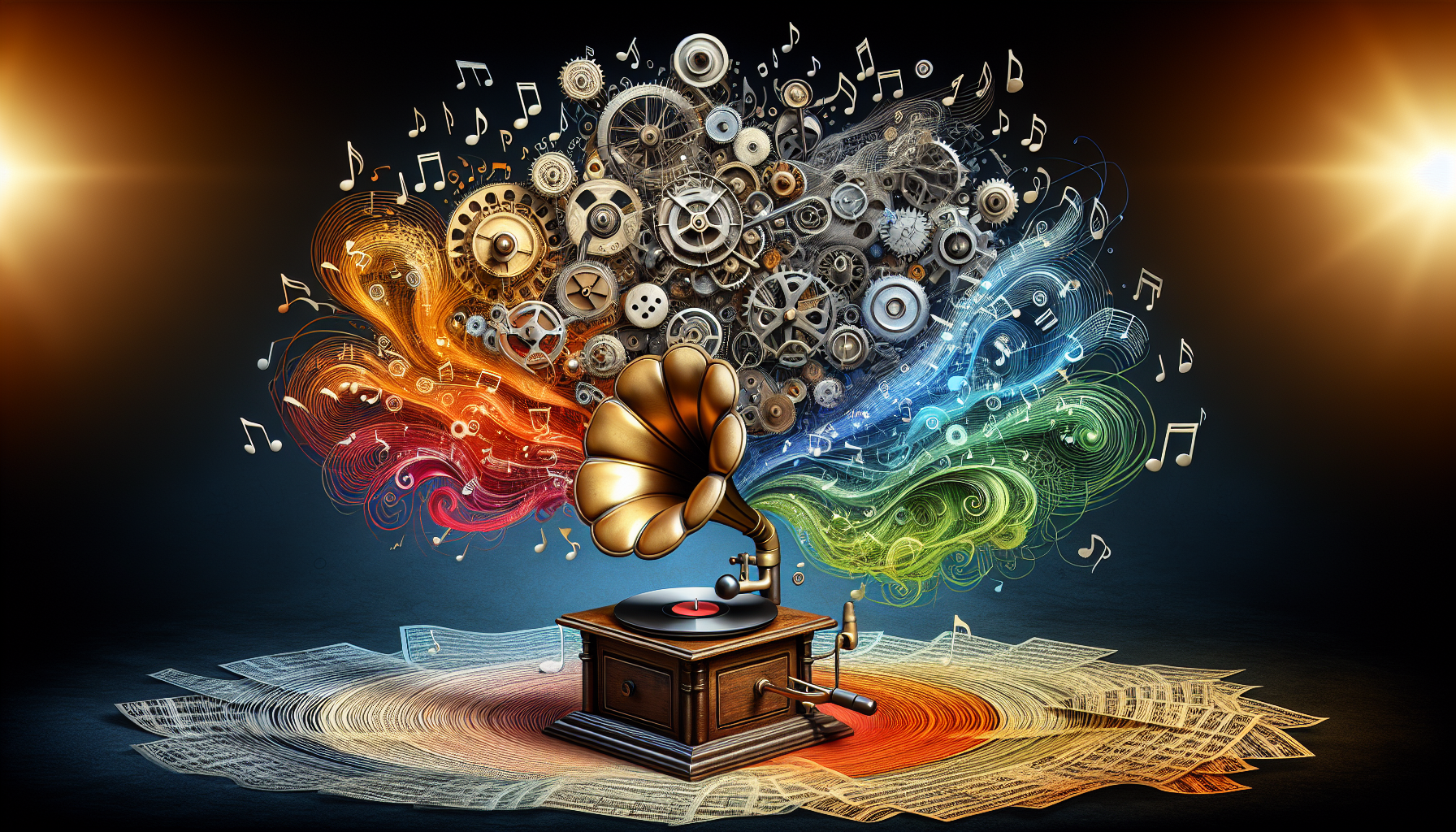
Royalties are payments made to copyright holders when their music is used. They stem from various sources, each with its own set of rules and rates. Mechanical royalties, for instance, are generated when a reproduction of a song is made. This includes physical sales and digital downloads, as well as through streams. Performance royalties accrue when music is broadcast or played in public settings, including on the radio, at venues, and through streaming services.
Moreover, print music royalties are derived from sales of sheet music and are usually shared between songwriters and publishers. Royalty stakeholders for sound recordings typically include band members, producers, and session musicians, and for compositions, stakeholders are usually publishers and songwriters. Music publishers play a crucial role in administering the publishing rights to ensure the proper registration of music and the collection and distribution of royalties to the songwriters. It’s worth noting that royalties from music licensing are attributed to both the sound recording and the musical composition.
Navigating Licensing Agreements
Licensing agreements are contracts between a music copyright owner and a person or entity wishing to use the copyrighted music. To legally incorporate copyrighted music into a video, for instance, a synchronization license must be obtained from the copyright owner. If you’re using a specific recording of a song in a film or video, a master use license must be secured from the record label owning the recording.
The Music Modernization Act has facilitated the collection of royalties from streaming services, requiring musicians to register with the Mechanical Licensing Collective to receive payments. Understanding these agreements is vital for artists and producers to ensure they are adequately compensated for their work and to navigate the business side of the music industry effectively.
Music Copyright in the Digital Age
The digital age has ushered in considerable copyright challenges like easy reproduction and distribution, leading to rampant piracy. Technological advancements have blurred the lines between creators and consumers, calling for a fresh approach to managing rights and allocating royalties. Enforcing digital copyright has its contentious issues, including criticism of Digital Rights Management systems for potentially restricting fair use.
Despite the challenges, the digital age also provides unprecedented opportunities for artists to directly reach international audiences and participate in a collaborative cultural exchange. Streaming platforms and subscription services have revolutionized the way music is accessed, requiring fresh approaches to managing rights and allocating royalties. Legal amendments such as the Classics Act within the Music Modernization Act have changed the copyright landscape, putting pre-1923 sound recordings, including vinyl records, into the public domain and extending copyright terms for recordings between 1923-1956.
Copyright and Online Streaming
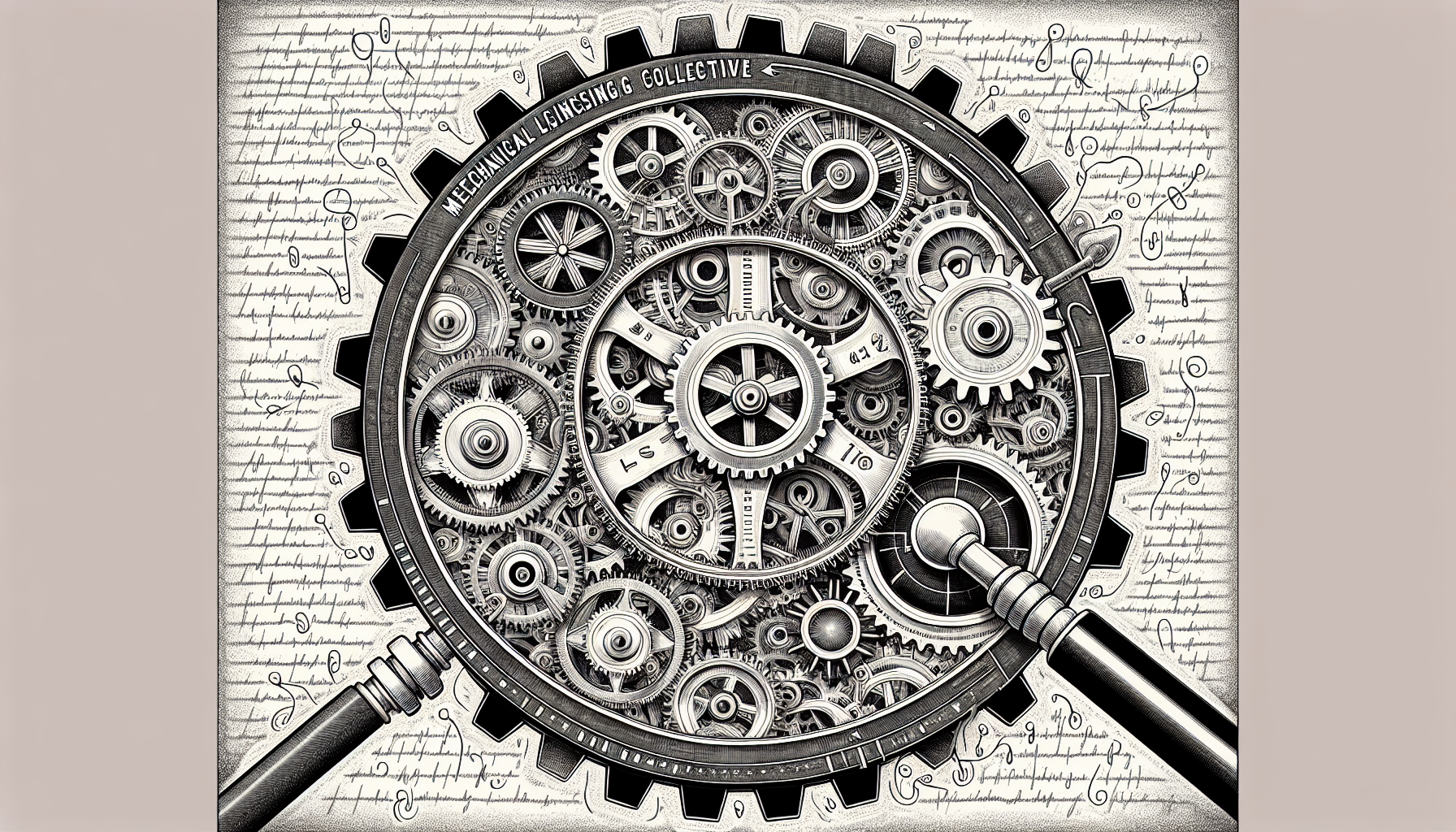
The way we consume music has been dramatically transformed by online streaming. However, it has also raised complex copyright issues. The Mechanical Licensing Collective (MLC), created under the Music Modernization Act, administers blanket mechanical licenses for eligible streaming services and websites. This ensures accurate royalty distribution and eliminates the previous complexities of licensing and royalty payments in the digital age.
Moreover, the Music Modernization Act mandates that streaming services disclose server-side licensing and usage data. This enhances transparency and accuracy in royalty payments for artists, ensuring that artists are adequately compensated for their work.
Protecting Your Work on Social Media and YouTube
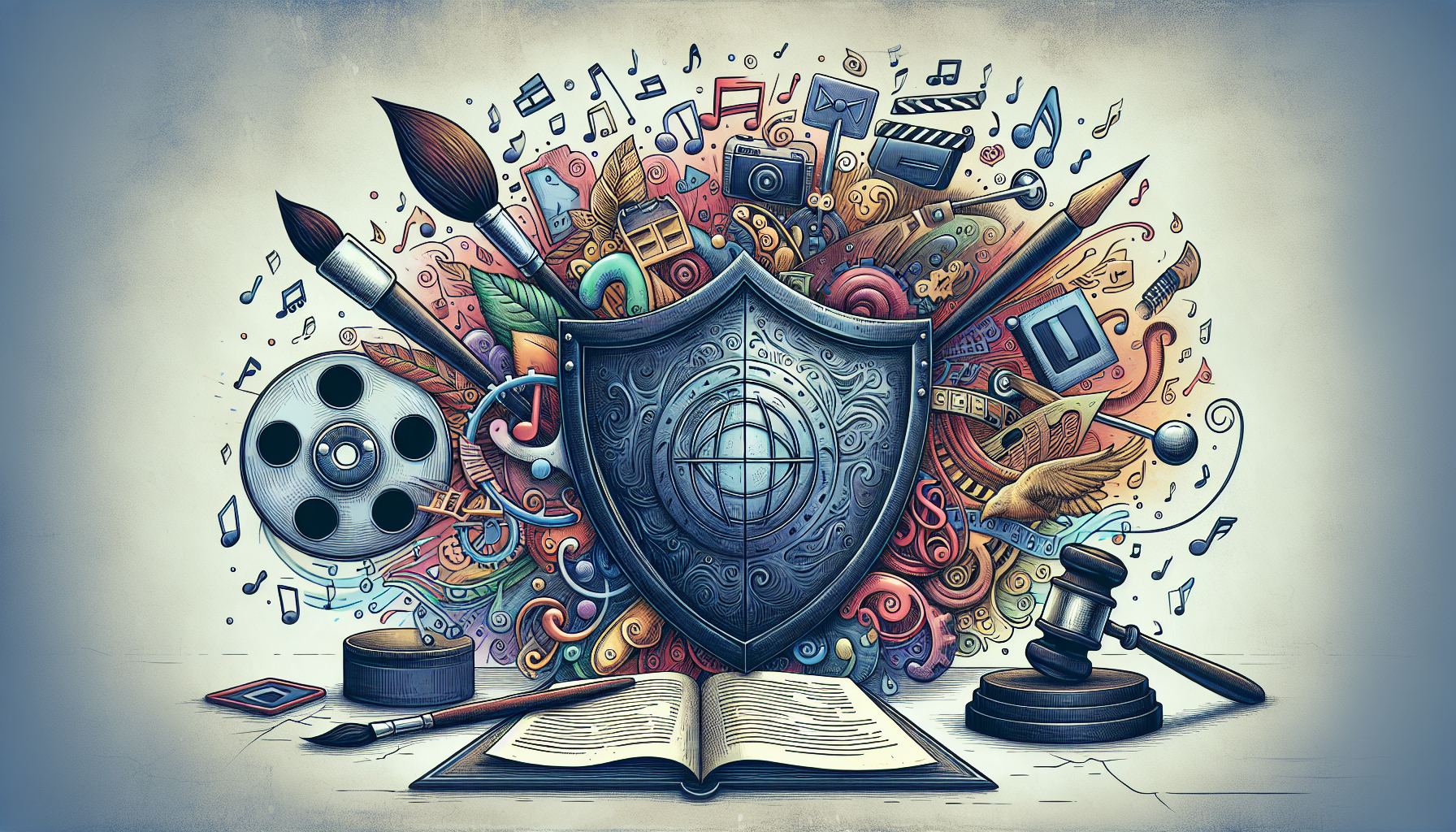
The emergence of social media and video-sharing platforms like YouTube has made protecting your music and photos online more important than ever. Digital Rights Management tools enable rights holders to:
- Protect and manage the use of their music on various platforms
- Control copying, sharing, and performing of music online
- Ensure that artists receive proper recognition and compensation
DRM helps to ensure that your music is protected and that you are properly compensated for your work.
YouTube, for example, has a Content ID system that helps rights holders identify and manage their content on the platform, including their YouTube channel. This allows creators to block, monetize, or track the distribution of their music when uploaded by others in the form of a link to a their youtube channel or video. Artists and producers can also issue copyright takedown notices to remove unauthorized content from social media platforms. These takedown notices are part of the legal framework that assists in enforcing copyright laws and protecting intellectual property online.
The Role of Free Music and Creative Commons
In the digital realm, a growing trend is noticeable towards free music and Creative Commons licenses. Creative Commons is a nonprofit organization that enables the sharing and use of creativity and knowledge through free legal tools. Creative Commons licenses allow artists to legally share their music by providing a range of freedoms and protections for creators.
There are several types of Creative Commons licenses, and each one specifies the conditions under which works can be used, shared, or modified. Using Creative Commons licensed music can benefit creators by reducing legal barriers and attracting a wider audience through shared, remixable, and reusable content.
Understanding Creative Commons Licenses
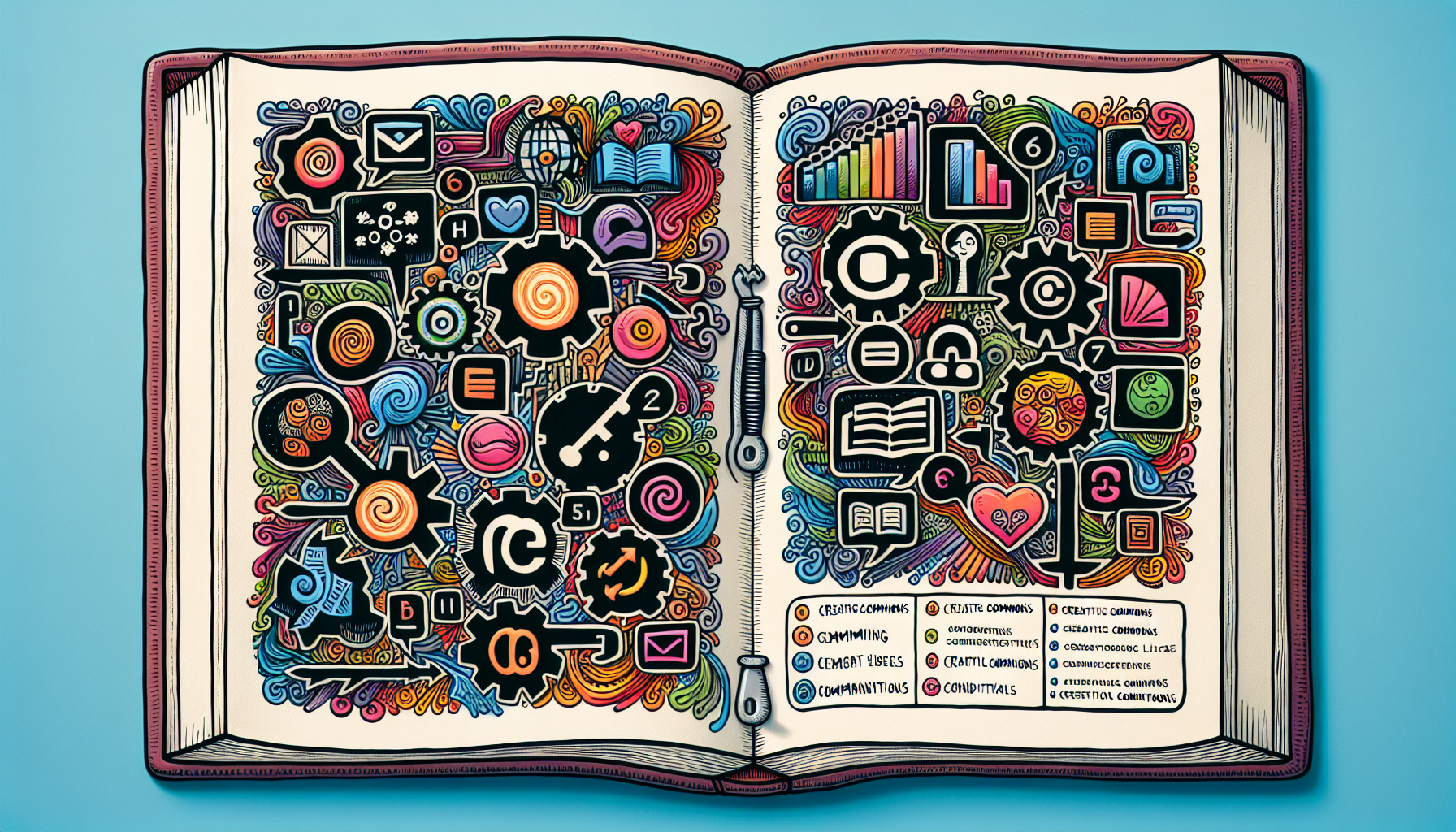
Creative Commons is a licensing system that allows legal use of music while reserving certain rights for the creator. These licenses vary in the freedoms they allow, from the freedom to distribute and perform the work to the freedom to create derivative works. When using CC-licensed music, it is important to provide proper credit to the musician and indicate the specific Creative Commons license of the track.
While Creative Commons licenses offer increased flexibility, they still require users to adhere to the specific terms of the license. These may include restrictions such as:
- the prohibition of derivative works
- the prohibition of commercial use
- requirements for attribution
- share-alike provisions
Understanding these licenses is key to using free music responsibly and legally.
Finding and Using Free Music Legally
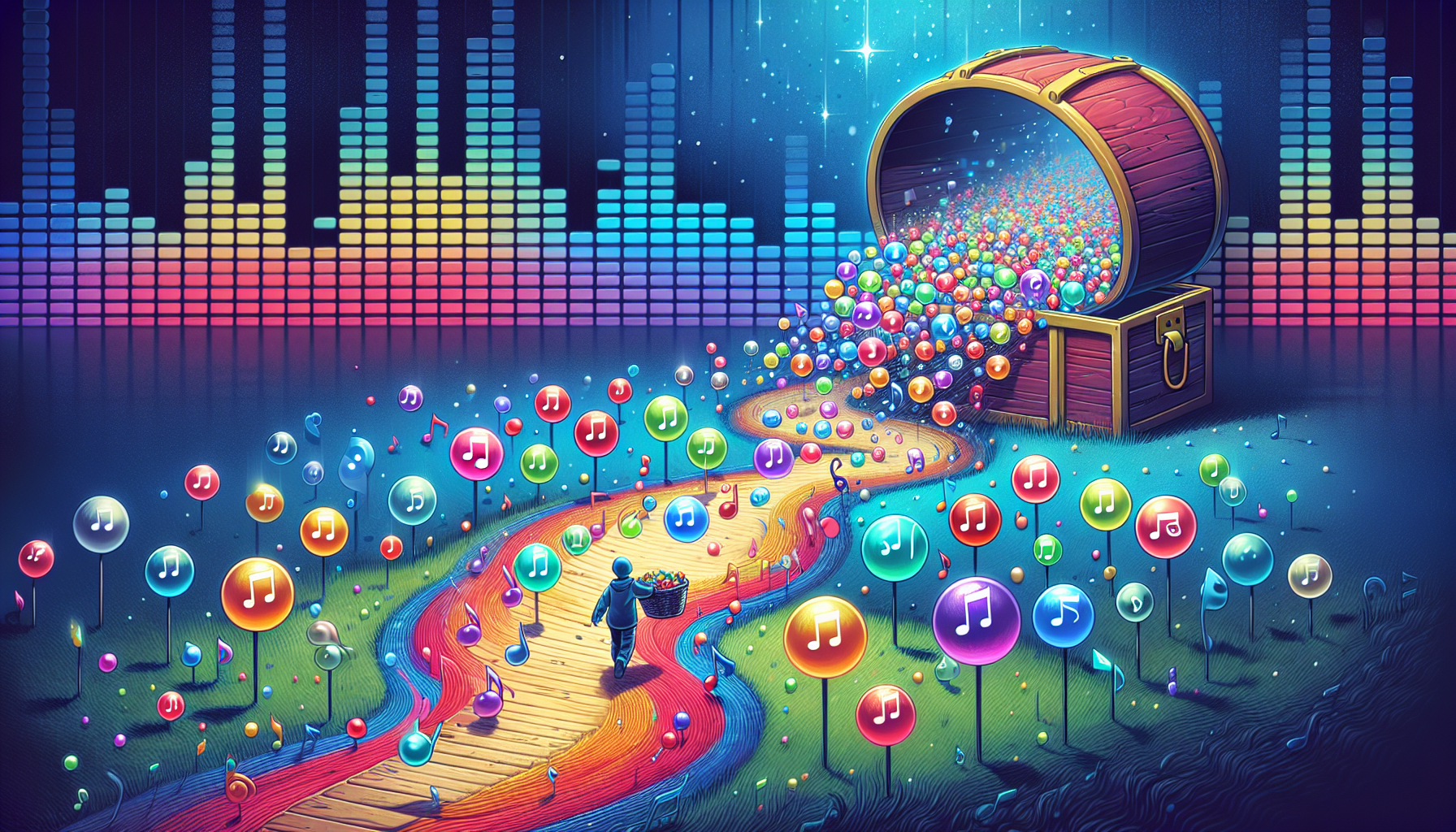
For creators on a budget, finding and using free music legally can be a great advantage. Several online platforms that offer free music include:
- ccMixter
- Free Music Archive
- Jamendo
- SoundCloud
These platforms offer music under Creative Commons licenses or allow artists to offer music for free. Additionally, the Internet Archive provides a vast collection of free-to-download audio files, and Musopen offers free public domain classical music with a limitation on free daily downloads.
However, it’s important to note that ‘free’ does not mean ‘without restrictions’. Platforms like Bensound and YouTube’s Audio Library require attribution for the free tracks used. Legally using free music requires adherence to the terms laid out by the license, which may include restrictions on commercial use, required attribution, or limitations on modifications. In this way, even free music is covered by certain legal protections.
Summary
In essence, understanding the nuances of music copyright law is crucial for any artist or producer in the digital age. From securing your music’s copyright to monetizing it, from understanding licensing agreements to navigating paid online streaming, every aspect of this intricate legal framework plays a significant role in shaping your music career. As we venture further into the digital age, staying informed about these laws and adapting to changes will be key to your success.
Frequently Asked Questions
How many years is a song copyrighted?
A song is copyrighted for the entire life of the author plus 70 years after their death.
How much of a song can you play to avoid copyright?
You cannot play a specific length of video of a song to avoid copyright infringement, as there are no fixed standards for this. Shortening the clip can strengthen your fair use argument.
When does copyright protection kick in for a piece of music?
Copyright protection for a piece of music begins as soon as the original work is fixed in a tangible form.
What are the exclusive rights granted to copyright holders?
Copyright holders are granted exclusive rights, including making and selling copies, distributing copies, creating derivative works, and publicly performing or displaying the work. These rights protect the original work and provide copyright owners with control over its use.
How can I secure copyright for my music?
To secure copyright for your music, you can register and upload it with the Copyright Office to gain legal benefits like access to federal courts and public record of ownership. This ensures additional protection for your work.

